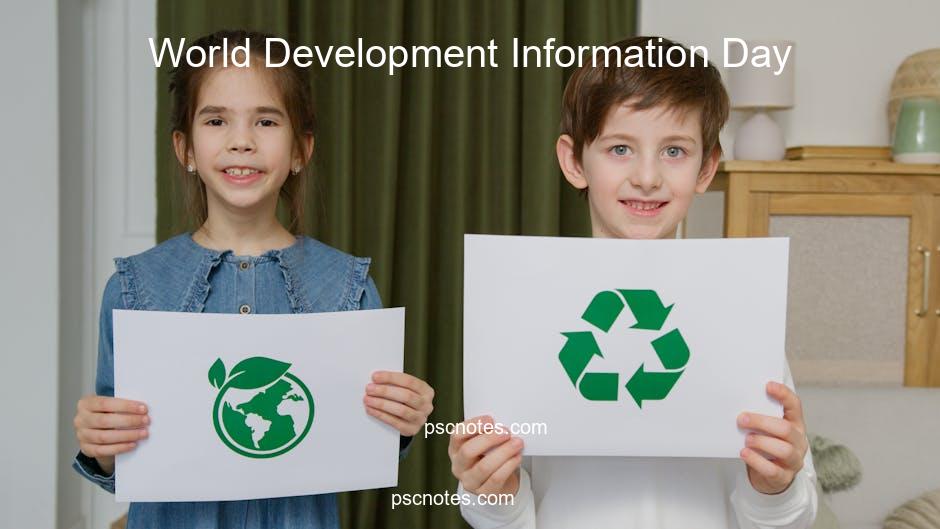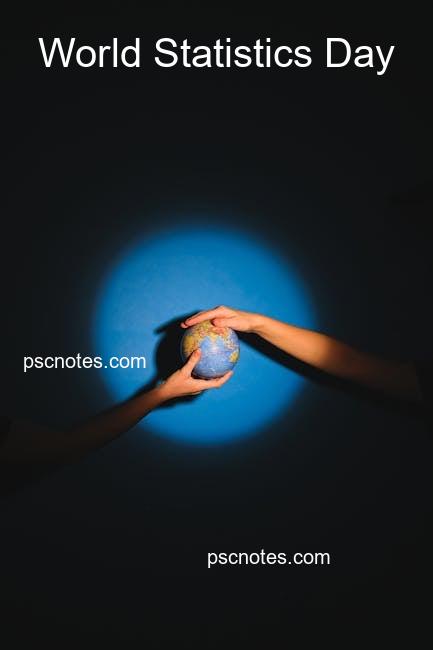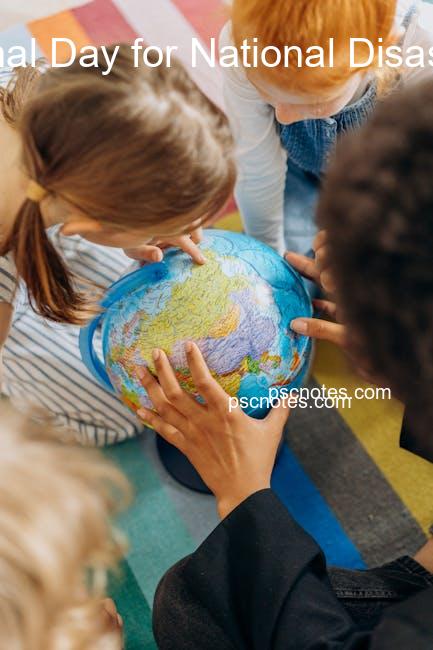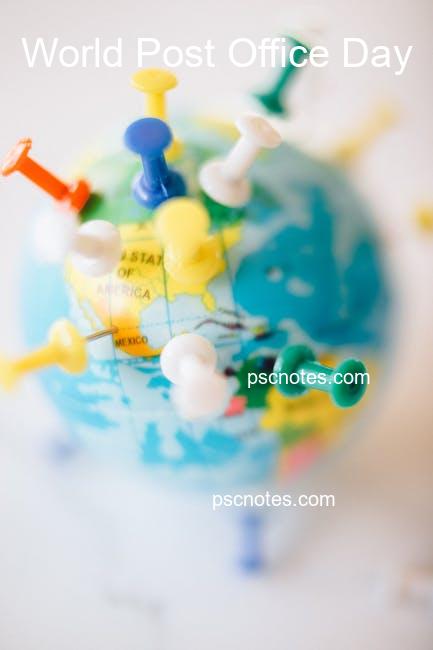World Development Information Day: Bridging the Gap Between Data and Action
World Development Information Day, observed annually on October 24th, serves as a crucial reminder of the power of information in driving sustainable development. This day highlights the importance of accessible, reliable, and timely data for informed decision-making, effective policy implementation, and ultimately, achieving the Sustainable Development Goals (SDGs).
The Significance of Data in Development
Data is the lifeblood of development. It provides insights into the challenges faced by communities, the progress being made towards achieving development goals, and the areas where interventions are most needed. By analyzing data, policymakers, development practitioners, and researchers can:
- Identify and prioritize development challenges: Data reveals the extent and nature of poverty, inequality, hunger, disease, and other pressing issues, allowing for targeted interventions.
- Monitor progress towards development goals: Tracking key indicators like poverty rates, literacy levels, and access to clean water helps assess the effectiveness of development programs and identify areas for improvement.
- Evaluate the impact of interventions: Data allows for the measurement of the effectiveness of development programs, ensuring that resources are allocated efficiently and interventions are tailored to specific needs.
- Promote transparency and accountability: Open and accessible data fosters transparency in development efforts, enabling stakeholders to hold governments and organizations accountable for their actions.
The Challenges of Data Access and Utilization
Despite the critical role of data in development, significant challenges remain in ensuring its accessibility, reliability, and effective utilization. These challenges include:
- Data Gaps and Inaccuracies: Many countries lack comprehensive and reliable data, particularly on crucial areas like poverty, inequality, and access to essential services. This data gap hinders accurate assessments of development progress and the formulation of effective policies.
- Limited Data Accessibility: Even when data exists, it is often inaccessible to those who need it most, due to factors like limited internet access, lack of technical expertise, and complex data formats. This restricts the ability of communities, civil society organizations, and researchers to utilize data for informed decision-making.
- Data Silos and Fragmentation: Data is often scattered across different government agencies, organizations, and platforms, making it difficult to integrate and analyze for a holistic understanding of development issues.
- Lack of Data Literacy: Many individuals and organizations lack the skills and knowledge to effectively interpret, analyze, and utilize data for decision-making. This hinders the ability to translate data into actionable insights.
Bridging the Gap: Towards Data-Driven Development
Addressing these challenges is crucial for harnessing the power of data to accelerate progress towards the SDGs. Key strategies for bridging the gap between data and action include:
1. Strengthening Data Collection and Management:
- Investing in national statistical systems: Governments must invest in strengthening their national statistical systems to ensure the collection of accurate, timely, and comprehensive data.
- Promoting data standardization and harmonization: Establishing common data standards and formats across different agencies and organizations will facilitate data integration and analysis.
- Developing data collection methodologies for marginalized communities: Ensuring that data collection methods are inclusive and accessible to marginalized communities is crucial for capturing their experiences and needs.
2. Enhancing Data Accessibility and Openness:
- Promoting open data policies: Governments and organizations should adopt open data policies that encourage the sharing and reuse of data, fostering innovation and collaboration.
- Developing user-friendly data platforms: Creating accessible and intuitive data platforms will enable a wider range of users to access and utilize data.
- Providing training and capacity building: Investing in training programs to enhance data literacy skills will empower individuals and organizations to effectively use data for decision-making.
3. Fostering Data Utilization and Impact:
- Encouraging data-driven decision-making: Governments, organizations, and communities should prioritize data-informed decision-making in all development efforts.
- Supporting data analysis and research: Investing in research and analysis capabilities will enable the extraction of valuable insights from data and the development of evidence-based solutions.
- Promoting data visualization and communication: Utilizing data visualization tools and engaging communication strategies will make data more accessible and understandable to a wider audience.
World Development Information Day: A Call to Action
World Development Information Day serves as a powerful platform to raise awareness about the importance of data in development and to advocate for greater investment in data infrastructure, accessibility, and utilization. By working together, governments, organizations, and individuals can bridge the gap between data and action, ensuring that data is used effectively to create a more equitable and sustainable future for all.
Table 1: Key Data Gaps in Development
| Area | Data Gaps | Impact |
|---|---|---|
| Poverty | Lack of accurate and disaggregated data on poverty levels, particularly in rural areas and among marginalized groups. | Underestimation of poverty prevalence, hindering effective poverty reduction programs. |
| Inequality | Limited data on income inequality, wealth distribution, and access to opportunities. | Difficulty in addressing systemic inequalities and promoting social justice. |
| Health | Gaps in data on disease prevalence, access to healthcare, and health outcomes, particularly in underserved communities. | Ineffective allocation of health resources and limited progress in improving health indicators. |
| Education | Lack of comprehensive data on educational attainment, quality of education, and access to education for marginalized groups. | Difficulty in improving educational outcomes and addressing disparities in educational opportunities. |
| Climate Change | Insufficient data on climate change impacts, vulnerability, and adaptation measures. | Limited capacity to respond effectively to climate change challenges and mitigate its adverse effects. |
Table 2: Key Strategies for Bridging the Data Gap
| Strategy | Description | Impact |
|---|---|---|
| Strengthening National Statistical Systems | Investing in capacity building, infrastructure, and technology to improve data collection, processing, and dissemination. | More accurate, reliable, and timely data for informed decision-making. |
| Promoting Open Data Policies | Encouraging the sharing and reuse of data by governments and organizations. | Increased transparency, accountability, and innovation in development efforts. |
| Developing User-Friendly Data Platforms | Creating accessible and intuitive platforms for data access and visualization. | Enhanced data utilization by a wider range of users, including communities and researchers. |
| Investing in Data Literacy Training | Providing training programs to enhance data literacy skills among individuals and organizations. | Improved ability to interpret, analyze, and utilize data for effective decision-making. |
| Encouraging Data-Driven Decision-Making | Prioritizing data-informed decision-making in all development efforts. | More effective and targeted interventions, leading to greater development impact. |
Conclusion
World Development Information Day serves as a powerful reminder of the transformative potential of data in driving sustainable development. By addressing the challenges of data access, reliability, and utilization, we can harness the power of data to create a more equitable and prosperous world for all. Let us embrace the opportunity to bridge the gap between data and action, ensuring that data becomes a catalyst for positive change and a driving force for achieving the Sustainable Development Goals.
World Development Information Day: Frequently Asked Questions
1. What is World Development Information Day?
World Development Information Day, observed annually on October 24th, is a global event that highlights the importance of accessible, reliable, and timely data for achieving sustainable development. It emphasizes the role of information in driving informed decision-making, effective policy implementation, and ultimately, achieving the Sustainable Development Goals (SDGs).
2. Why is World Development Information Day important?
Data is crucial for understanding development challenges, monitoring progress, and evaluating the impact of interventions. World Development Information Day raises awareness about the significance of data in development and advocates for greater investment in data infrastructure, accessibility, and utilization.
3. What are some key challenges related to data in development?
- Data Gaps and Inaccuracies: Many countries lack comprehensive and reliable data, particularly on crucial areas like poverty, inequality, and access to essential services.
- Limited Data Accessibility: Even when data exists, it is often inaccessible to those who need it most, due to factors like limited internet access, lack of technical expertise, and complex data formats.
- Data Silos and Fragmentation: Data is often scattered across different government agencies, organizations, and platforms, making it difficult to integrate and analyze for a holistic understanding of development issues.
- Lack of Data Literacy: Many individuals and organizations lack the skills and knowledge to effectively interpret, analyze, and utilize data for decision-making.
4. How can we bridge the gap between data and action?
- Strengthening Data Collection and Management: Investing in national statistical systems, promoting data standardization, and developing inclusive data collection methodologies.
- Enhancing Data Accessibility and Openness: Promoting open data policies, developing user-friendly data platforms, and providing training and capacity building.
- Fostering Data Utilization and Impact: Encouraging data-driven decision-making, supporting data analysis and research, and promoting data visualization and communication.
5. What can individuals do to support World Development Information Day?
- Raise awareness: Share information about World Development Information Day with friends, family, and colleagues.
- Advocate for data access: Contact your elected officials and advocate for policies that promote open data and data accessibility.
- Support data literacy initiatives: Donate to or volunteer with organizations that provide data literacy training and capacity building.
- Use data in your own work: If you work in development or related fields, prioritize data-informed decision-making and use data to inform your work.
6. What are some examples of how data is used in development?
Data is used in a wide range of development activities, including:
- Monitoring poverty levels: Data on income, consumption, and access to basic services helps track progress towards poverty reduction goals.
- Evaluating the effectiveness of health programs: Data on disease prevalence, access to healthcare, and health outcomes helps assess the impact of health interventions.
- Improving education outcomes: Data on educational attainment, quality of education, and access to education helps identify areas for improvement in education systems.
- Responding to climate change: Data on climate change impacts, vulnerability, and adaptation measures helps inform climate change mitigation and adaptation strategies.
7. What are some resources for learning more about World Development Information Day?
- United Nations Statistics Division: https://unstats.un.org/unsd/
- World Bank Open Data: https://data.worldbank.org/
- International Development Research Centre (IDRC): https://www.idrc.ca/en
- The World Data Forum: https://worlddataforum.org/
By understanding the importance of data in development and actively participating in World Development Information Day, we can contribute to a more data-driven and equitable world.
Here are some multiple-choice questions (MCQs) about World Development Information Day, with four options each:
1. When is World Development Information Day observed annually?
a) October 24th
b) November 10th
c) December 1st
d) January 15th
2. What is the primary goal of World Development Information Day?
a) To celebrate the achievements of the United Nations.
b) To raise awareness about the importance of data in development.
c) To promote international cooperation on environmental issues.
d) To advocate for increased funding for humanitarian aid.
3. Which of the following is NOT a key challenge related to data in development?
a) Data gaps and inaccuracies
b) Limited data accessibility
c) Data silos and fragmentation
d) Increased funding for data collection
4. What is one way to enhance data accessibility and openness?
a) Limiting access to data to government officials only.
b) Promoting open data policies that encourage data sharing.
c) Increasing the cost of accessing data to discourage misuse.
d) Focusing on collecting data only from developed countries.
5. Which of the following is an example of how data is used in development?
a) Tracking the number of people living in poverty.
b) Predicting the weather forecast for the next week.
c) Analyzing the popularity of a new movie.
d) Monitoring the stock market performance.
6. What is a key strategy for fostering data utilization and impact?
a) Encouraging data-driven decision-making.
b) Limiting access to data to prevent misuse.
c) Focusing on collecting data only from developed countries.
d) Ignoring data and relying on intuition for decision-making.
7. What can individuals do to support World Development Information Day?
a) Ignore the event and focus on personal matters.
b) Share information about the day with friends and family.
c) Refuse to use any data in their daily lives.
d) Advocate for policies that restrict data access.
Answers:
- a) October 24th
- b) To raise awareness about the importance of data in development.
- d) Increased funding for data collection
- b) Promoting open data policies that encourage data sharing.
- a) Tracking the number of people living in poverty.
- a) Encouraging data-driven decision-making.
- b) Share information about the day with friends and family.









